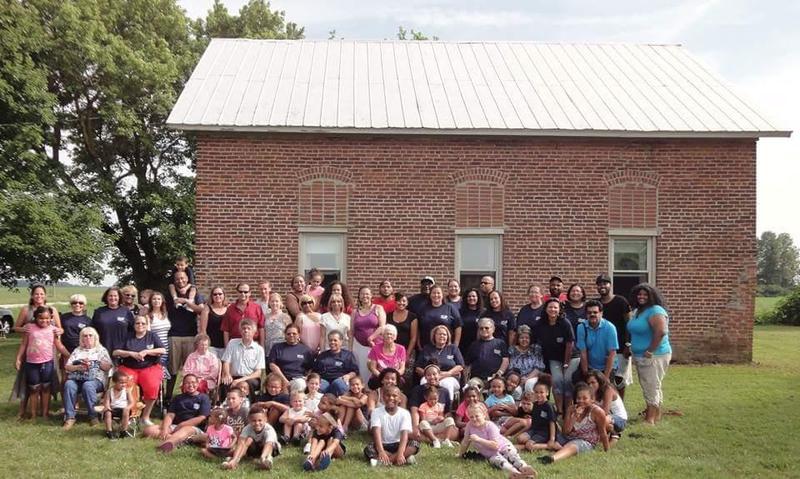The Secret Album reveals how a powerful truth changed a family foreverPosted in Articles, Arts, Biography, History, Louisiana, Media Archive, Passing, United States, Videos on 2019-05-22 21:03Z by Steven |
The Secret Album reveals how a powerful truth changed a family forever
The Garage
HP (Hewlett-Packard)
2019-05-02
Patrick Rodgers
A novelist learns about her mother’s long-held secret by search for what’s missing from her family photo albums.
The Secret Album is part of HP’s original documentary project, History of Memory, which celebrates the power of printed photos.
We treasure family photos not only because they illuminate the past, but also because they can offer up an alternative narrative to the stories we tell — and retell — about our identities.
This is true for author Gail Lukasik, who was just as captivated by what was left out of her parents’ snapshots as by the faces and stories they portrayed. Growing up in suburban Ohio, Lukasik puzzled over why there were so few pictures of her mother’s side of the family. In the stack of family photo albums, there were only a handful of black-and-white prints of relatives from New Orleans, where her mother, Alvera (Frederic) Kalina, had lived in the 1920s, 1930s and 1940s. “I felt very close to my mother, but she had a certain mystery,” she says. “When I used to ask her about that she’d say, ‘Oh I just don’t have any,’ which I thought was strange.” Her mother’s guardedness about her own family’s origins were yet another layer to their already complex relationship…
…It took Lukasik two years to confront her mother, and the encounter didn’t go well. “I had never seen her so afraid,” says Lukasik, who tells the story in her memoir, White Like Her: My Family’s Story of Race and Racial Passing. “She said, ‘Promise me you won’t tell anyone until after I die.’”…
Read the entire article and watch the video here.



